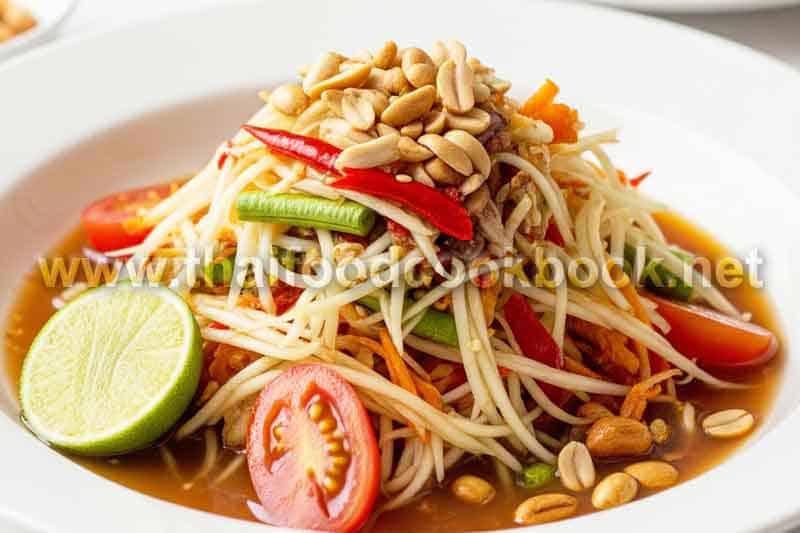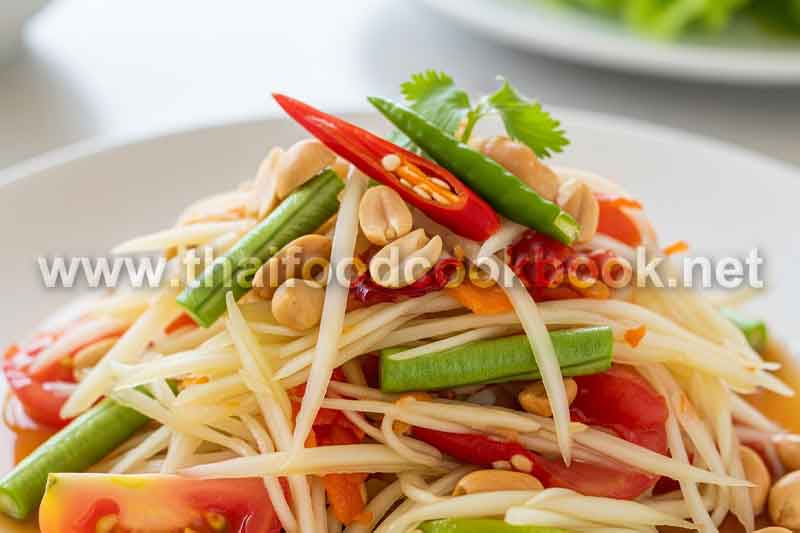How to Make Dry Thai Sukiyaki with Seafood-Easy Homemade Style
Many people love the comforting taste of Thai sukiyaki, but often struggle when cooking it at home because the flavors don’t turn out the same as when they enjoy it at a restaurant. The balance of savory sauce, fresh vegetables, and perfectly cooked seafood is the key to success. With the right recipe, fresh ingredients, and easy-to-follow steps, anyone can enjoy Dry Thai Sukiyaki with Seafood at home without hassle. This recipe not only helps you achieve authentic taste but also makes the cooking process simple for beginners and home cooks alike. By mastering this easy homemade style, you can serve a delicious and healthy Thai dish that your family and friends will love.
What is Dry Thai Sukiyaki with Seafood?
Dry Thai sukiyaki, known in Thai as “Suki Haeng,” is a stir-fried version of the traditional Thai sukiyaki hotpot. Instead of a soup base, the ingredients are stir-fried with sukiyaki sauce until slightly caramelized, creating a flavorful and aromatic dish. The seafood variation usually includes shrimp, squid, mussels, or fish balls, making it a protein-rich and nutritious meal. The sauce used in this dish is a combination of chili, garlic, lime juice, sesame oil, and fermented bean curd, which gives the dish its unique and bold flavor profile.
Ingredients for Easy Homemade Dry Thai Sukiyaki with Seafood
To create the authentic taste of dry Thai sukiyaki, you need to gather fresh ingredients and prepare a flavorful sukiyaki sauce. Here is the detailed list:
Seafood and Vegetables
- 200g shrimp (peeled and deveined)
- 150g squid (sliced into rings)
- 100g fish balls or crab sticks
- 100g glass noodles (soaked in warm water for 10 minutes)
- 1 cup napa cabbage (chopped)
- 1 cup morning glory or water spinach (cut into 3-inch pieces)
- 1/2 cup carrot (thinly sliced)
- 1/2 cup celery (chopped)
- 2 eggs
Thai Sukiyaki Sauce
- 3 tbsp sukiyaki sauce (store-bought or homemade)
- 1 tbsp fermented bean curd
- 2 cloves garlic (minced)
- 1 tbsp chili paste
- 1 tbsp oyster sauce
- 1 tsp sugar
- 1 tbsp lime juice
- 1 tbsp sesame oil
Step-by-Step Instructions for Cooking Dry Thai Sukiyaki with Seafood
Follow these simple steps to prepare your homemade dry Thai sukiyaki with seafood:
- Soak the glass noodles until soft, then drain and set aside.
- Heat a wok or large pan over medium-high heat and add a small amount of sesame oil.
- Add garlic and chili paste, stir-frying until fragrant.
- Add shrimp, squid, and fish balls. Stir-fry until seafood is half-cooked.
- Crack in two eggs, scramble lightly, and mix with seafood.
- Add napa cabbage, morning glory, carrots, and celery. Stir-fry quickly to keep vegetables crisp.
- Add the softened glass noodles and pour in the prepared sukiyaki sauce.
- Stir-fry everything together for 3–4 minutes until evenly coated and slightly caramelized.
- Taste and adjust seasoning with lime juice or extra sauce if needed.
- Serve hot with steamed rice or enjoy it as a one-dish meal.
Tips for Making the Best Thai Sukiyaki at Home
Cooking dry Thai sukiyaki with seafood at home can be simple if you follow these expert tips:
- Always use fresh seafood for the best flavor and texture.
- Do not overcook the vegetables; keep them slightly crunchy for better taste.
- Soak glass noodles just enough to soften; over-soaking will make them too mushy.
- Adjust the spice level of the sukiyaki sauce based on your preference.
- For more aroma, drizzle extra sesame oil at the end before serving.
Why Homemade Dry Thai Sukiyaki with Seafood is Healthier
Making dry Thai sukiyaki at home allows you to control the ingredients and avoid unnecessary additives. Unlike restaurant versions that may use more oil and sugar, you can make your dish healthier by reducing sodium and adding extra vegetables. Seafood provides lean protein and omega-3 fatty acids, while vegetables add essential fiber, vitamins, and minerals. By cooking it yourself, you get a balanced, nutritious, and delicious Thai dish for the whole family.
Frequently Asked Questions About Dry Thai Sukiyaki
Can I make dry Thai sukiyaki without seafood?
Yes, you can substitute seafood with chicken, pork, or even tofu for a vegetarian version. The cooking process remains the same.
Is sukiyaki sauce easy to find?
Most Asian supermarkets carry Thai sukiyaki sauce. You can also make your own by mixing chili paste, fermented bean curd, sesame oil, and garlic.
What side dishes go well with dry Thai sukiyaki?
This dish pairs well with steamed jasmine rice, Thai seafood dipping sauce, or a light soup for balance. For more traditional flavor inspiration, check reliable culinary resources like Serious Eats.
Final Thoughts on Cooking Dry Thai Sukiyaki with Seafood at Home
Learning how to make dry Thai sukiyaki with seafood at home not only brings the taste of authentic Thai street food into your kitchen but also allows you to cook a healthier and more customized meal. With the right balance of flavors, fresh ingredients, and an easy homemade recipe, this dish will become one of your go-to Thai favorites. Whether you are cooking for your family or hosting friends, dry Thai sukiyaki with seafood guarantees a delicious, satisfying, and memorable meal.


